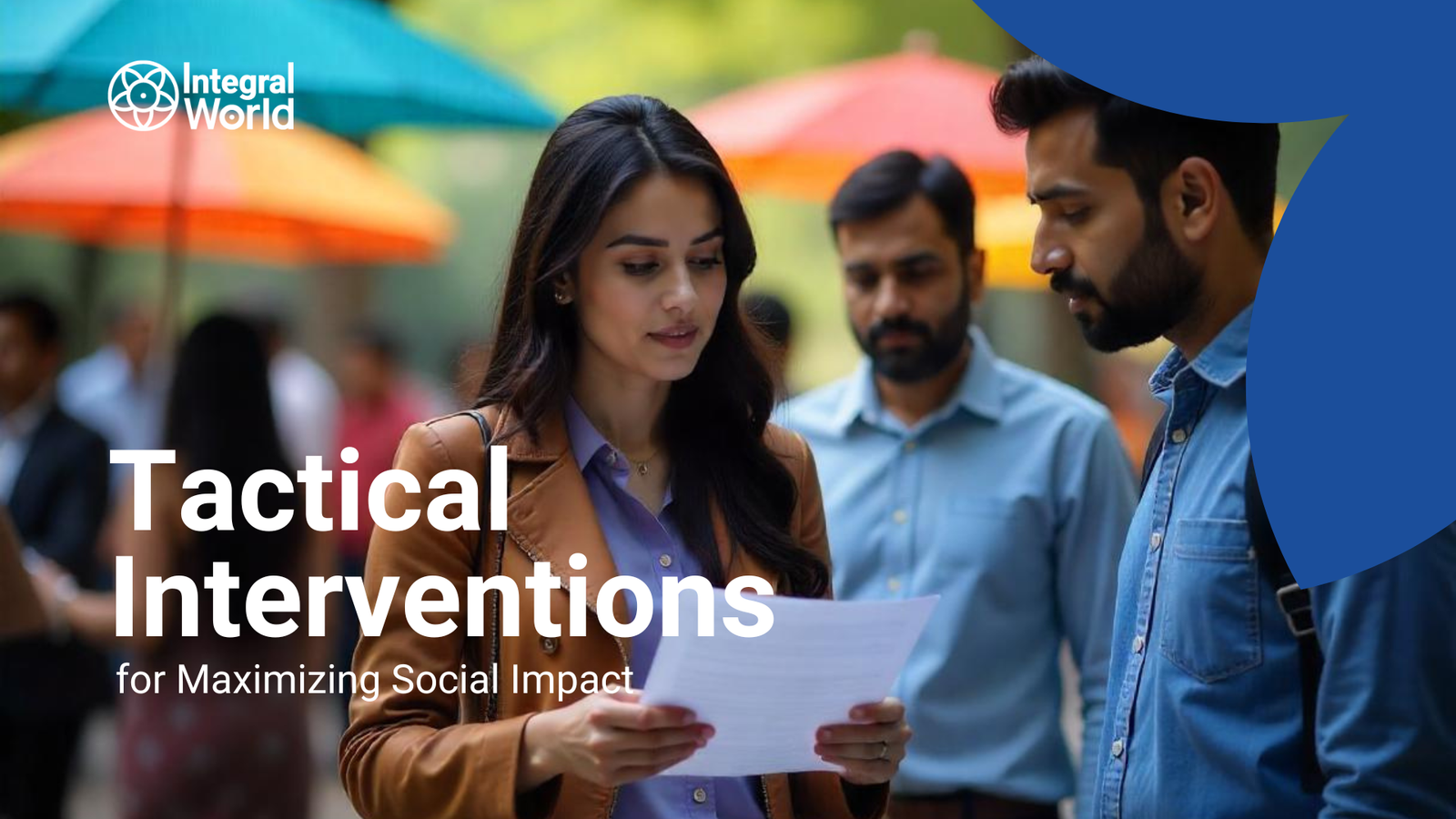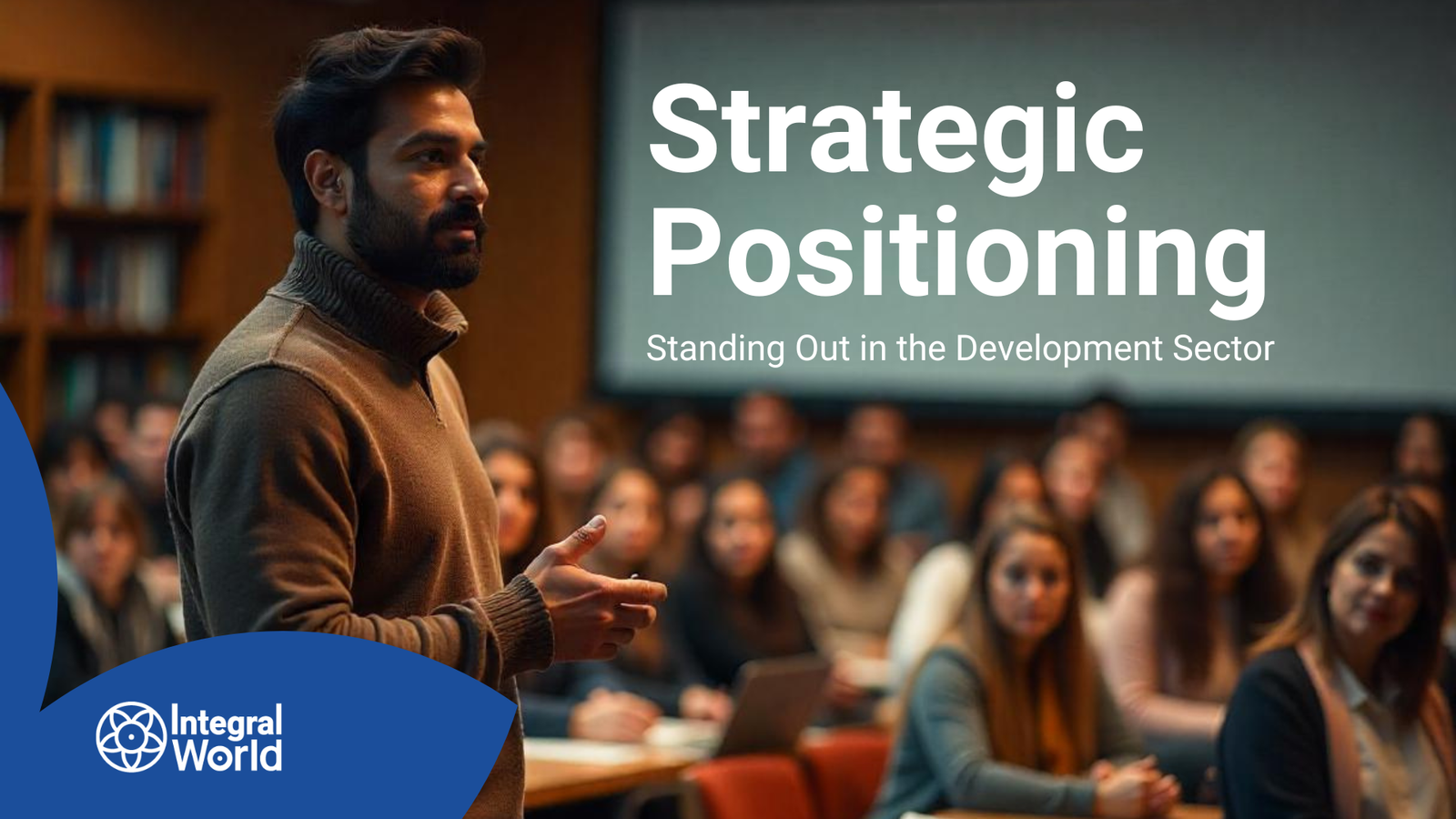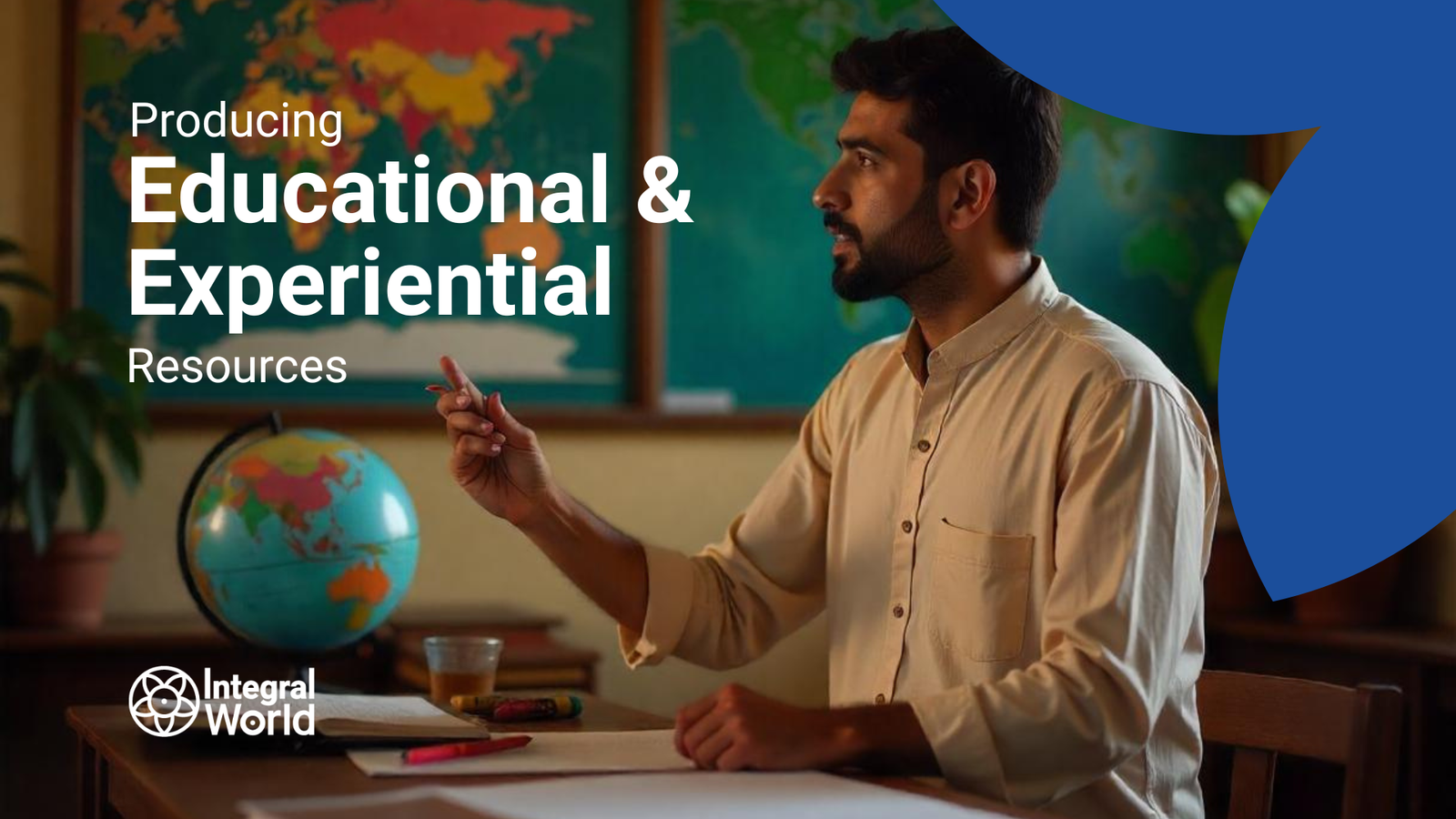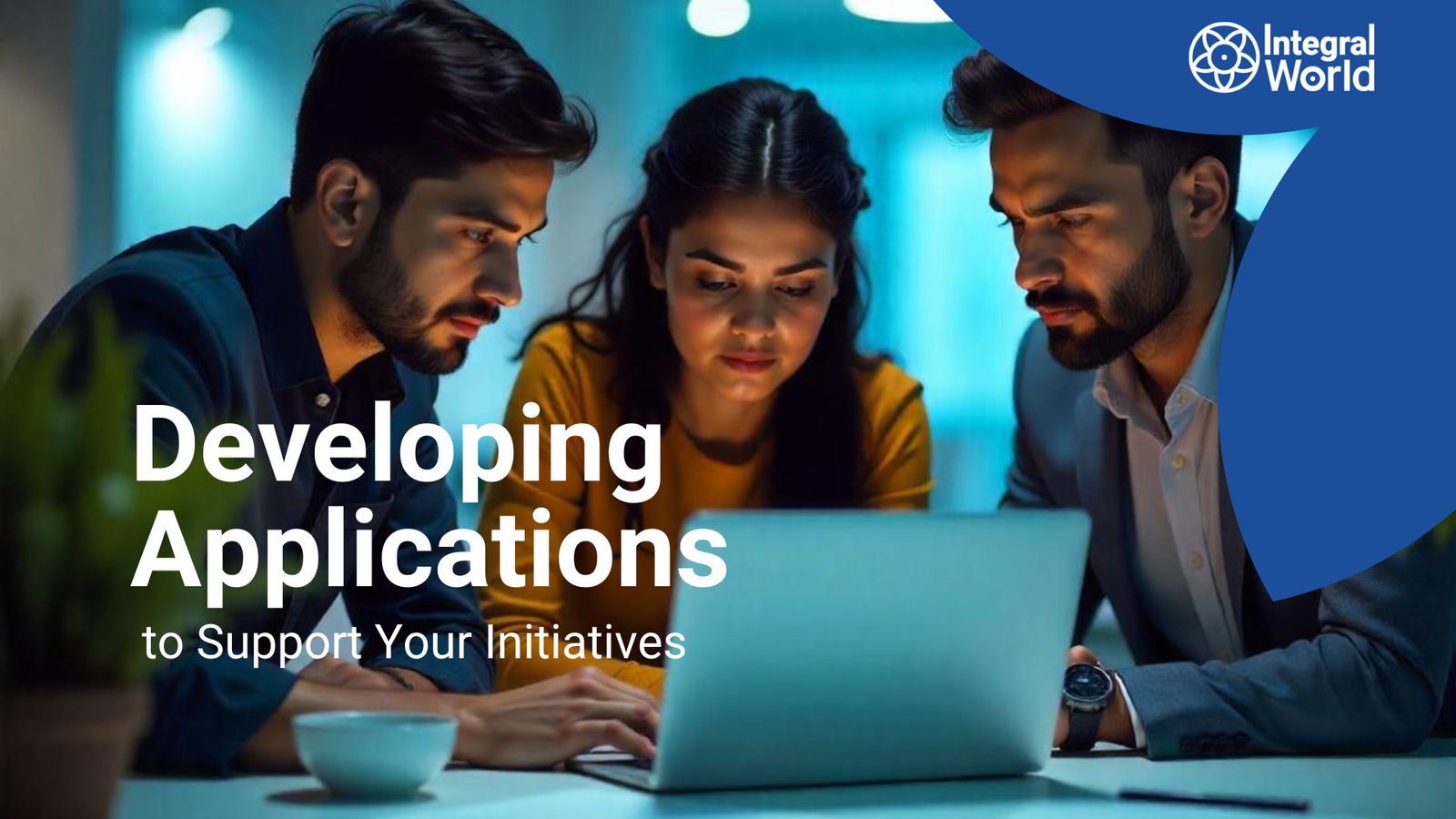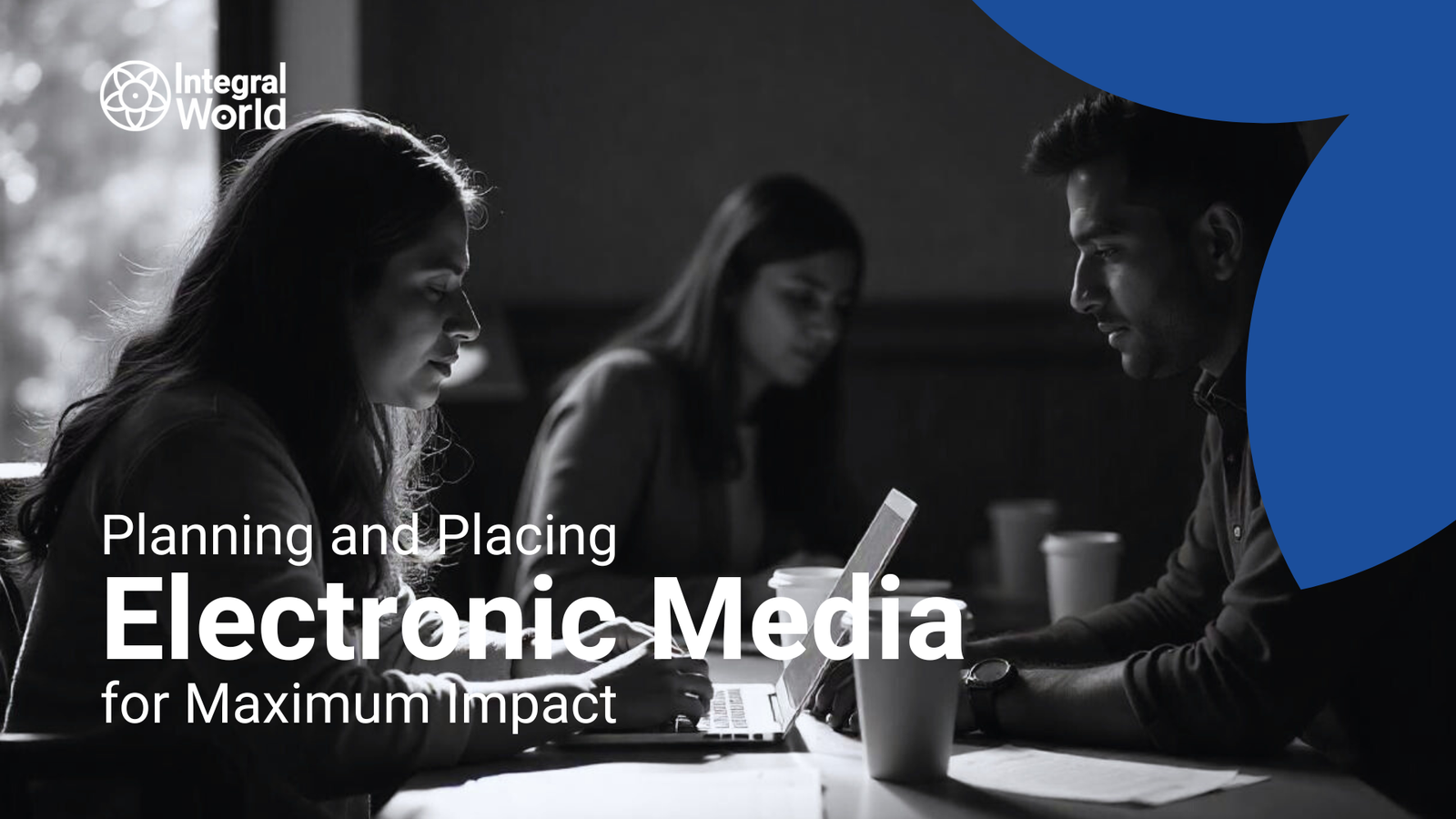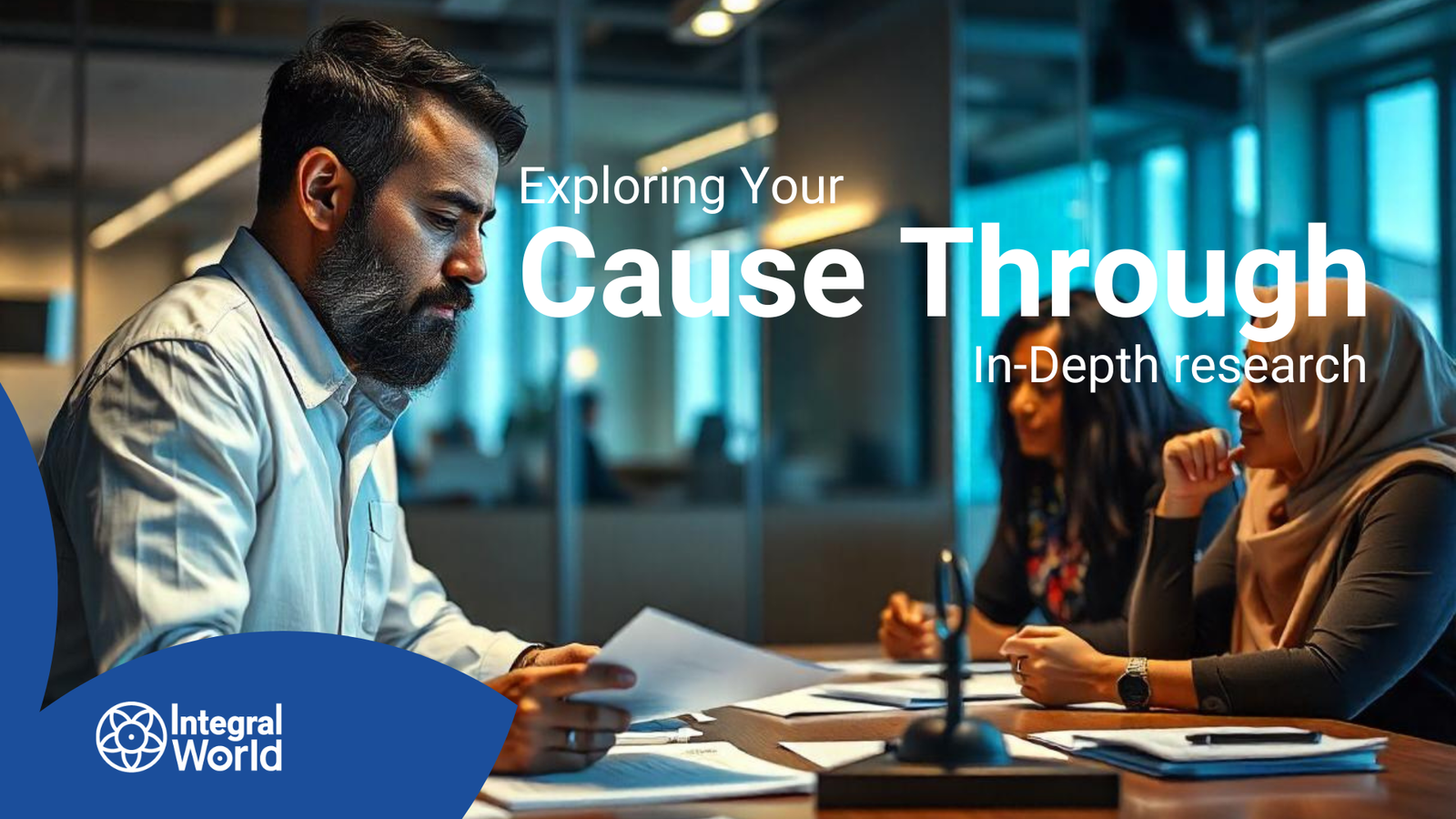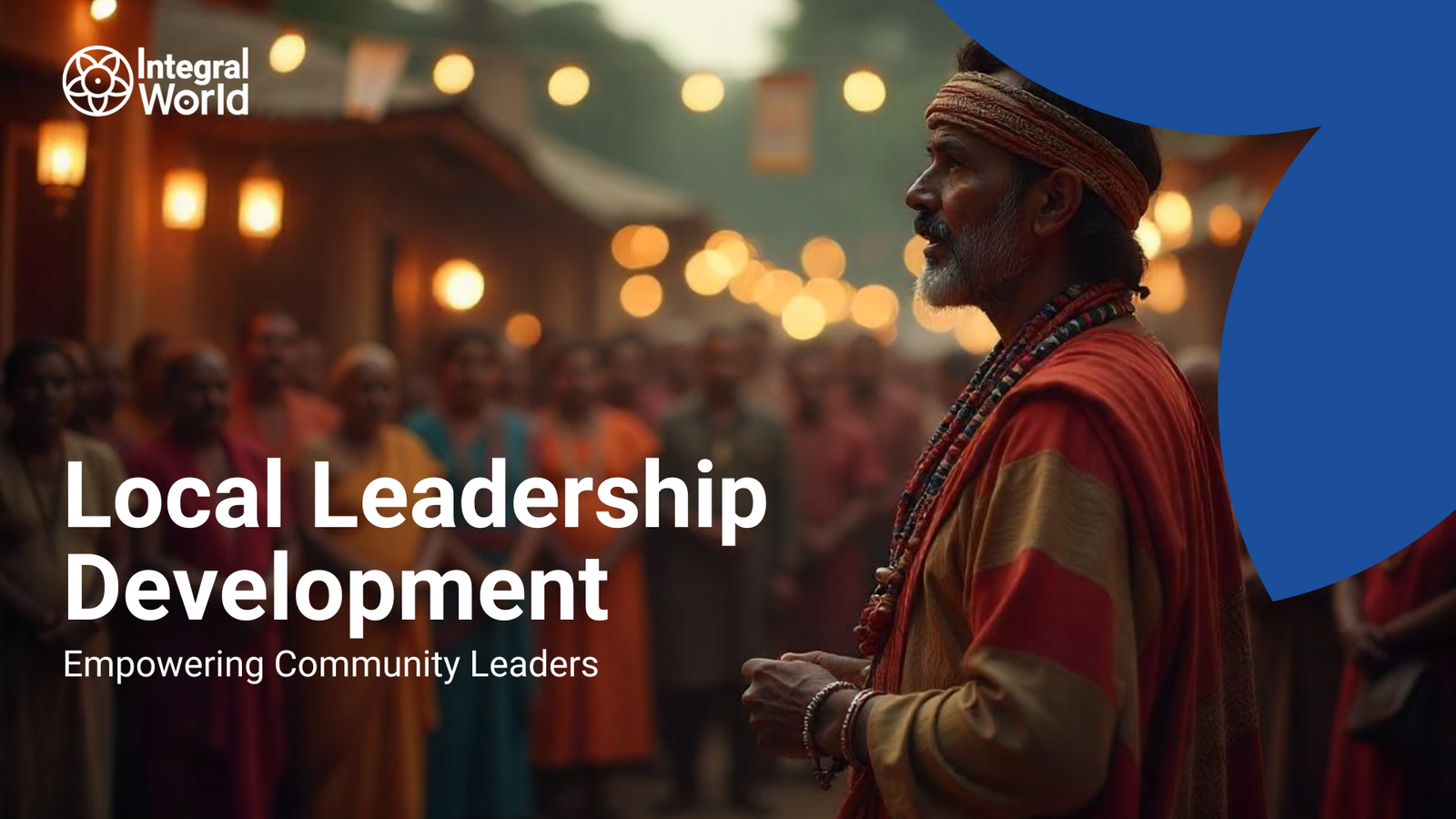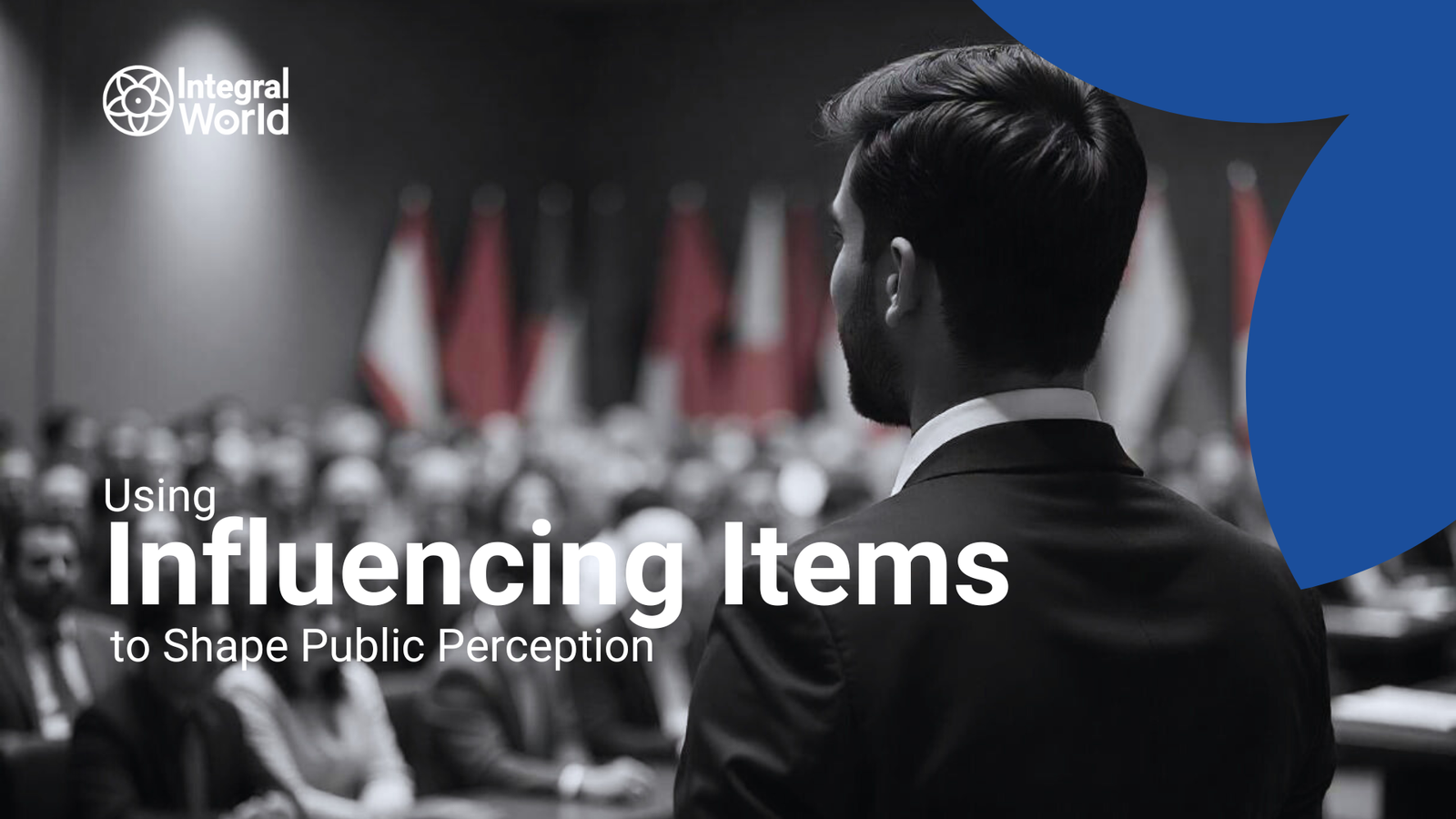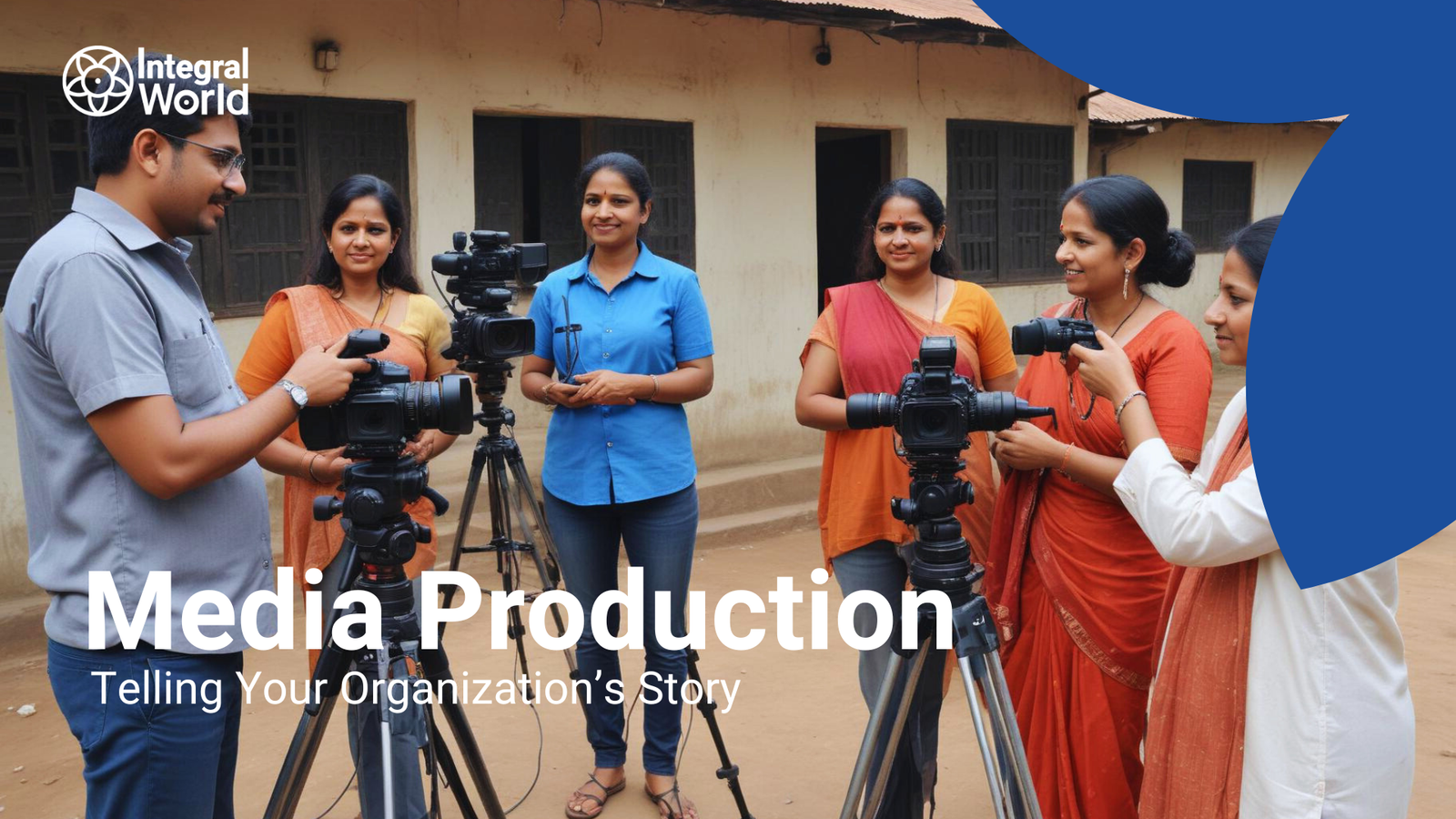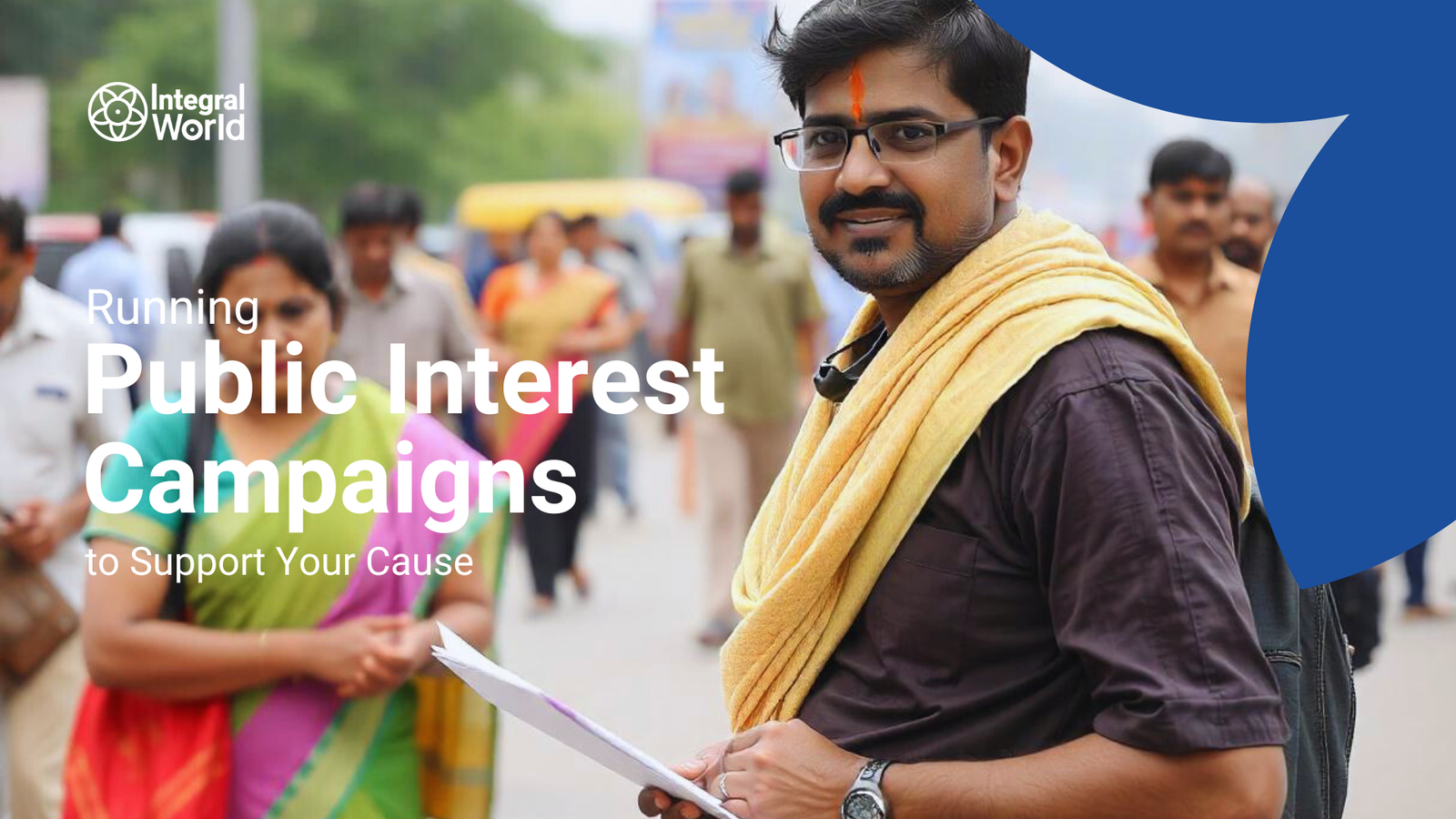Explore tactical interventions and strategic approaches for NGOs to boost social impact. Learn from success stories, tips, and leadership’s role
Continue readingStrategic Positioning – Standing Out in the Development Sector
Strategic positioning is essential for organizations like Integral World to drive sustainable development. Through targeted workshops and training, this NGO strengthens communities, overcomes resource challenges, and aligns activities to a clear value proposition in the competitive development sector.
Continue readingProducing Educational & Experiential Resources
Integral World’s strategic workshops and training programs empower communities through hands-on learning, offering resources, success stories, and expert perspectives to help development agencies achieve impactful results
Continue readingDeveloping Applications to Support Your Initiatives
Not-for-profits can enhance impact through mobile apps and web platforms, streamlining operations and engaging communities. Integral World offers strategic workshops to guide organizations in developing impactful applications, featuring success stories, expert insights, and actionable tips for real-world application.
Continue readingPlanning and Placing Electronic Media for Maximum Impact
Integral World empowers communities by using strategic digital media workshops to enhance development initiatives. Through capacity building and digital literacy, organizations can improve outreach, transparency, and community engagement, driving meaningful, sustainable change in today’s digital landscape.
Continue readingExploring Your Cause through In-Depth Research
“Integral World highlights how strategic workshops and training empower communities, providing real examples, expert insights, and practical tips for fostering sustainable development.”
Continue readingLocal Leadership Development – Empowering Community Leaders
Discover the importance of authentic local leadership in driving sustainable growth, with insights from organizations and strategies for NGOs to foster true leadership culture.
Continue readingUsing Influencing Items to Shape Public Perception
This article examines how strategic workshops and training programs can reshape public perception, driving growth and empowerment through detailed examples, success stories, and expert insights for organizations.
Continue readingMedia Production: Telling Your Organization’s Story
Learn how media workshops boost your non-profit’s impact, engaging communities and advancing sustainable development.
Continue readingRunning Public Interest Campaigns to Support Your Cause
Discover how public interest campaigns, supported by strategic workshops and training, drive community empowerment and positive societal change.
Continue reading
